
Thomas Edison - Inventor, Engineer & Entrepreneur
Pitch your Startup, App or Hardware or post a Startup Event or Startup Job

Debashish Bose was the Principle Software Engineer at Zynga during its meteoritic growth where he won Most Valuable Player award in 2010. After leaving Zynga he launched BeyondCalories.co an Smart Diet Tracking App that uses NLP and Machine Learning combined with the US & Australian Food Databases to give you calorie consumption tracking that actually works. This post was originally published on his Linkedin Profile
As engineers we are gifted to build wonderful & innovative products and possess a cognitive bias towards this building-step or prototyping step. For entrepreneur, often more important and far more riskier step is to take this product into market, achieve a product-market fitness and attain business scalability.
Having IP-grade technology and technological innovation in repertoire is necessary to build competitive businesses today, but it’s not sufficient. It takes something more to transform into an entrepreneur.
1. De-risk “Cool” Ideas
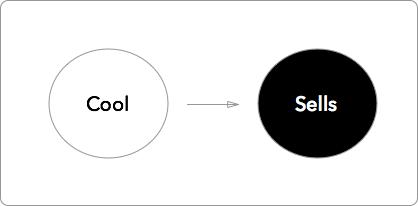
As engineer “cool ideas” in our lifeblood and we all have some kind of side projects going on keeping our builder-DNA fresh. But an entrepreneur is more interested in the commercial viability and product-market fitness of this “cool” product, systematically mitigating his/her risks.
One simple approach towards building “what sells” would be to start drawing “Lean Canvas” (http://leanstack.com/) for the most promising of these side projects to assert its commercial viability.
2. Seek diversity in team composition
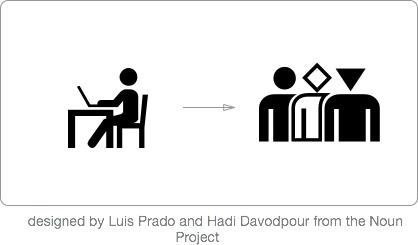
As an engineer we tend to deprioritize business issues as something that can be deferred. In our cosy, introverted den we love building next earth-shaking algorithms and geeky prototypes. This is important as the “craft” phase demands minimal distraction and maximum collaboration with other like-minded nerds. However it has been analysed over and over again that, team composition and diversity is an important ingredient of building a scalable business. Startup Genome has observed that –
Balanced teams with one technical founder and one business founder raise 30% more money, have 2.9x more user growth and are 19% less likely to scale prematurely than technical or business-heavy founding teams
3. Get out of the building
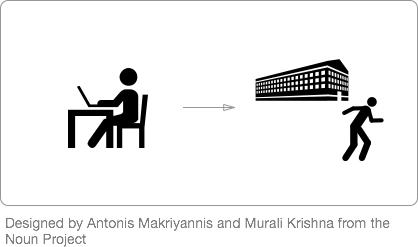
As mentioned earlier we, as engineers, love our “hacker’s corner” and like to build something that fulfils one of our needs. Although Paul Graham has observed otherwise, getting out of the building, talking to potential customers and validating the solution goes a long way towards building something useful. Complete agreement with Steve Blank here – http://steveblank.com/2013/09/05/why-real-learning-is-outside-the-building-not-demo-day/
As Ash Maurya has observed,
Life’s too short to build something nobody wants
4. Love puzzles a bit less, problem a bit more
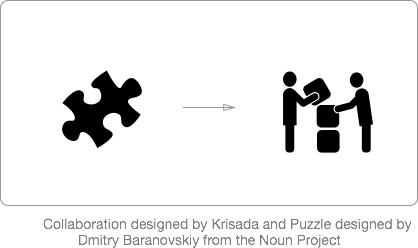
There is a subtle difference between a puzzle and a problem. Problems tend to be not so well-defined, whereas Puzzles are more algorithmic and analytical in nature. As engineers we are in deep love with puzzles having well-defined constraints and boundaries. However the real-world is far more messy and littered with not-so-well-defined problems with substantial risks attached.
Entrepreneurs love solving these risky problems with a clear focus on monetization and scalability. Additionally “diversity” (covered earlier) helps in problem solving as opposed to solving a puzzle which is mostly considered a solo activity.
5. Disown the “If we build it, they will come” mantra
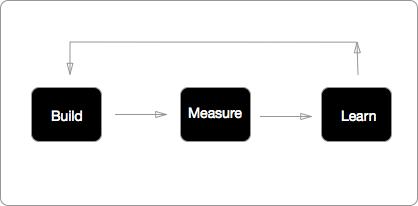
Marketing & Selling is the most critical aspect of a startup, and entrepreneur is always busy in selling products that connect with customers and add value to their lives while remaining profitable. Entire Lean Startup movement has been created to systematically deconstruct patterns of successful startups building products that people need.
One of simplest way to build a product that people need is to create a continuous learning loop (Build – Measure – Learn) guided by marketing and UX principles. Release a the MUVP (Minimal Usable & Viable Product), measure key metrics and optimize.
6. Prefer simple solution over complex ones
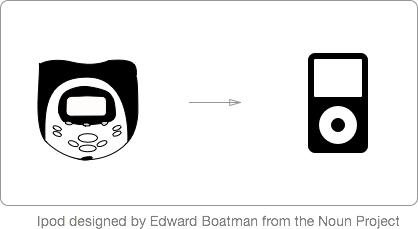
This perhaps is the toughest of all transformations. As engineer, we love solving complex problems which often have complex solutions (although KISS is a cliche even in engineering world), complex lingo and complex architectures. Or even worse, a solution that’s over-engineered and carries unnecessary features. Over-engineering is the worst kind of “Premature Scaling” (others can happen at Team or Financial level) observed in startups. Let’s cut the fat and let’s uphold simplicity as the facade over complex engineering magic. This simplicity should pervade beyond engineering – from product landing page, design, UX to marketing and packaging. Instead of saying “Arduino powered DSP-enabled electro-chromatic sunglasses”, just say “Automatic Colored Goggles” (well, something like that !)
7. User eXperience can make or break it
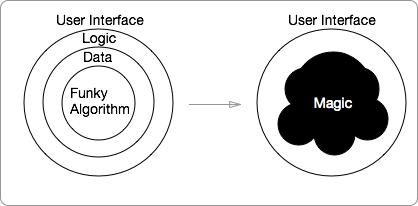
As engineer we care about solutions that are elegant and high-performing. Designing a good UX is not one of our top priorities. However it’s fun to start learning UX and design something people would love to use. Along with more analytical skills like User Research and A/B testing, UX can throw a steep learning curve to engineers by presenting relatively unknown territories of –
- psychology
- visual design (Deference, Depth and Clarity as far as Apple Standards)
- interaction design
- empathy
- persuasion
Unless working on LHC or Computation Genomics (or similar high R&D verticals), UX is one of the top 3 areas an entrepreneur would focus on, along with marketing and cash-flows.
8. Be concerned about finding a scalable business model, not just TDD
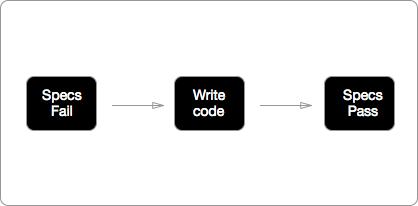
I find qualities those define a good engineer often diverge significantly from that of a good entrepreneur. To remain employable an engineer is expected to pursue TDD (Test Driven Development, I’m not a huge fan of TDD personally, but that’s a different discussion). When dealing with the tough task of discovering a scalable business model, TDD is the least concern of an entrepreneur.
When the whole business can pivot, problems are not well-defined, requirements are changing every other week, it’s wasteful to write elaborate TDD specs. TDD definitely adds a value only when product-market fitness (2nd phase of a startup’s life-cycle) is achieved and the business is on a growth-curve. So please don’t ask an entrepreneur – “These are awesome, but where are your selenium / capybara specs?” in any context !!
9. Be a generalist

Sure, engineering is our background, but to successfully transform to an entrepreneur we need to hustle through a lot of areas like product design (UX is the core of it), financial knowledge, sales & marketing and customer development (upon which everything else stands). We should still retain our expertise (builder DNA), but a basic foundation knowledge of these dimensions are indispensable.
Employable engineer and growth-hungry entrepreneur are indeed two very different characters. Few engineers make the transition easily, a large portion don’t. The metamorphosis is much more inner rather than outer. And that’s why we engineers need to consider something else.
Just like biologists has discovered that each one of us has a unique DNA slightly different from the rest, an entrepreneur has his/her own unique entrepreneurial-DNA (Measured by BOSI).
Guided by those above-mentioned nine principles, coupled with traditional MBTI assessment, BOSI DNA has potential to craft a unique and personalized journey for an awesome engineer in order to transform into a great entrepreneur.
Pitch your Startup, App or Hardware or post a Startup Event or Startup Job


